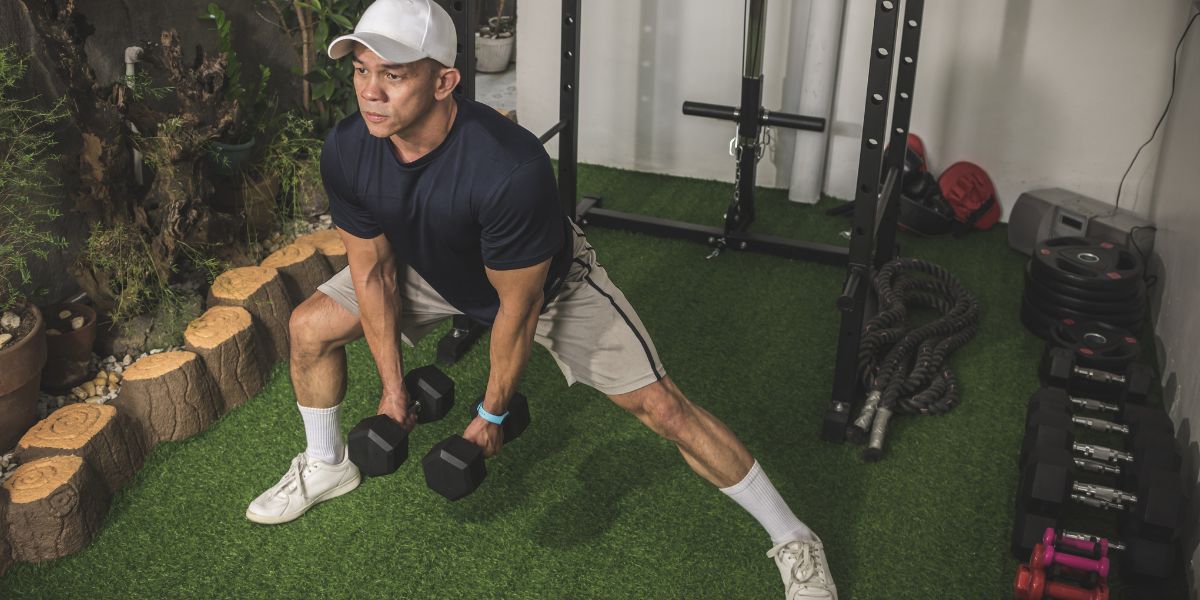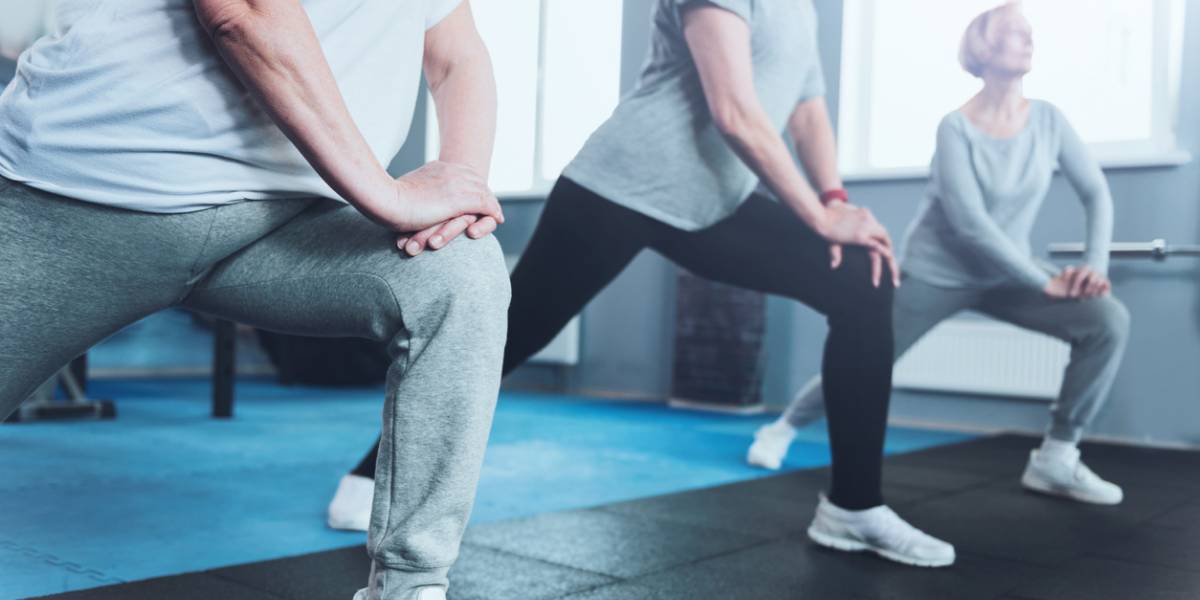When training to take part in competitio, you will want to keep your body in good health, injury free and able to achieve your peak performance.
Blood sugar levels play an important part in achieving a high level of performance so we also look at the science of sports.
Check you are healthy before starting training
If you will be significantly stepping up the amount of exercise you will be taking part i, it may be worth requesting a physical examination from your GP to assess your fitness to take part in the training you have planned.
This is particularly recommended for people over 35 years old or those that have had diabetes for a long period of time as exercise
Eating for training
It’s recommended that you leave about 2 hours between eating a meal and starting your training or competition.
Traditionally, pre-activity meals have been relatively high in carbohydrate, moderate to high in protein and low in fat.
Some professional athletes without diabetes, however, have performed at high levels with moderate carbohydrate intakes.
If you are looking to tailor your diet to your training regimen, it is recommended that you discuss with your doctor or consultant before making any significant changes to the composition of your diet.
Keeping hydrated
The more we exercise, the more fluid we give off, through sweat and through our breath. It is important to stay hydrated Charity Diabetes UK recommends drinking around 150ml of fluid every 15 minutes.
Warming up
Warming up is highly recommended before taking part in physical activity. Dynamic stretching, a form of stretching carried out with movement, is a useful warming up technique which researchers have found to be beneficial for reducing injury.
Cooling down
After you have completed your training session, cooling down exercises and stretches will further help to minimise the risk of injury.
Continuing the exercise you have been doing at a slower intensity is a good way of cooling down. This can be followed by stretches of the muscles used in the training. When stretching, don’t be tempted to overstretch the muscles as this could lead to injury.
Maintaining peak performance
As you exercise your muscles will take in glucose from your blood for energy. The body can store a finite amount of sugar (known as glycogen) in the liver and muscles. When this supply of glucose is exhausted, your blood glucose levels will usually drop unless carbohydrate or glucose is taken on board.
To maintain peak performance, make sure your blood glucose levels are above 4 mmol/L. High blood glucose levels can also affect performance and can also lead to fatigue, so ideally it’s best to keep your sugar levels within a balance of not too high and not too low.
Those with type 1 diabetes may find this to be more challenging. Blood glucose testing in training can be a helpful way of monitoring how your sugar levels and performance respond throughout exercise. It is advisable to record your levels after each training session to help you to spot trends.
Blood glucose testing If you are on medication that can bring on hypoglycemia, it is important to keep an eye on your blood glucose levels whilst training to prevent hypos from occurring. It is recommended to test before, during (where possible) and after exercising.
Physical activity can increase sensitivity to insulin for up to 48 hours so you may need to test your blood glucose levels more regularly following exercise and be wary of hypos at night A carbohydrate snack before bed may be required to keep blood glucose levels going too low following intense or prolonged exercise earlier in the day.
When taking part in competitio, it is possible that anxiety may increase your blood sugar levels. Taking short but intense sprints either before or during exercise may also prompt the body to release its own stored sugar into the bloodstream.
- Read more on blood glucose testing
Training and insulin
People on insulin may find that their insulin requirements are reduced during periods of training.
It may therefore be appropriate to lower your insulin dose when training. If you have any doubts as to how best to adjust your insulin, speak to your diabetes team who should be able to advise you.
It is important, if you are on insulin, that you have a good supply of glucose or sweets close by in case your blood glucose drops too low.








